|
Blending Oil Paint
These Blending oil painting techniques take considerable practice especially the second method, but are worthwhile when aiming for a realistic image. Oils are perfect for this sort of effect. Many effects are possible. You will find these oil painting techniques useful in landscape painting, portraiture, wildlife paintings and more. Materials: Canvas paper. Not ideal but ok for demonstration purposes. Flatbrushes half inch and one inch. Also a clean, dry flat brush for the actual blending. Cadmium yellow pale, cadmium red, burnt umber. Thinner. Any linseed oil. It's better to practice with linseed as you'll rarely find yourself blending when using turpentine or mineral spirits. 1, I laid well thinned yellow and red side by side with the one inch flatbrush.
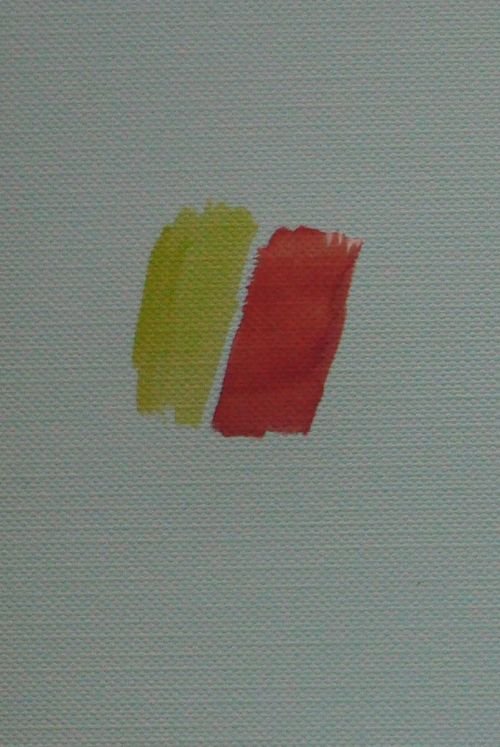
2, While it's still wet take your dry brush and use heavy but controlled pressure. Start in the middle with up and down strokes then overlap strokes into the yellow and repeat for the right.
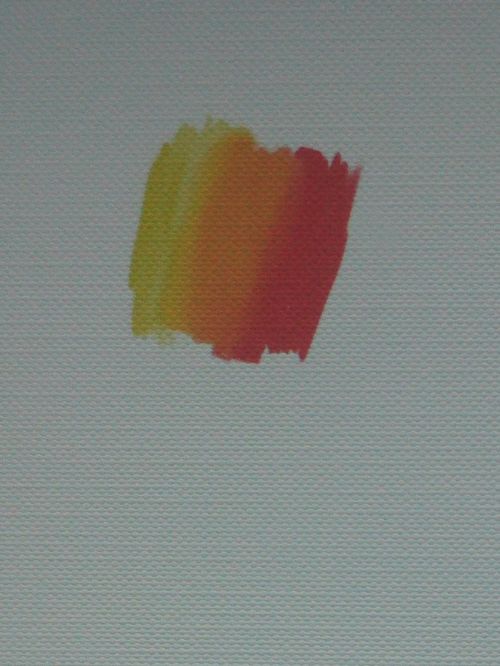
3, Continue this. It doesn't matter how long you keep it up, the paint is well thinned so will not lift too much off the surface and is wet enough to move around. Ensure you stick to upward and downward strokes.
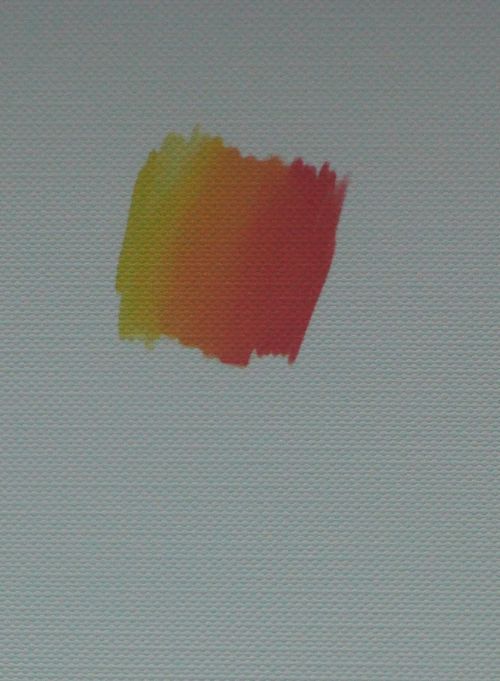
4, You will end up with your strokes creating a fairly smooth transition between the two paints without it looking featureless and dull.
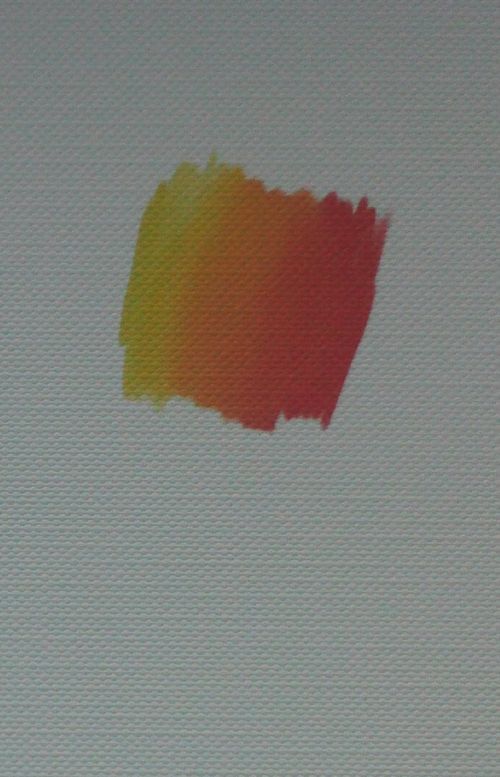
The second Blending technique is more difficult. I still have failures with it and I've been painting for over twenty years but when I get it right it looks great. 1, These strokes are done with a half inch flatbrush. The right is burnt umber. This will be less thinned than the first exercise. Just add enough to make the paint flow without obvious brush marks. The paint to the left is umber mixed with cadmium yellow pale. You don't have to reproduce this exactly just make sure your paint is considerably paler than the umber.
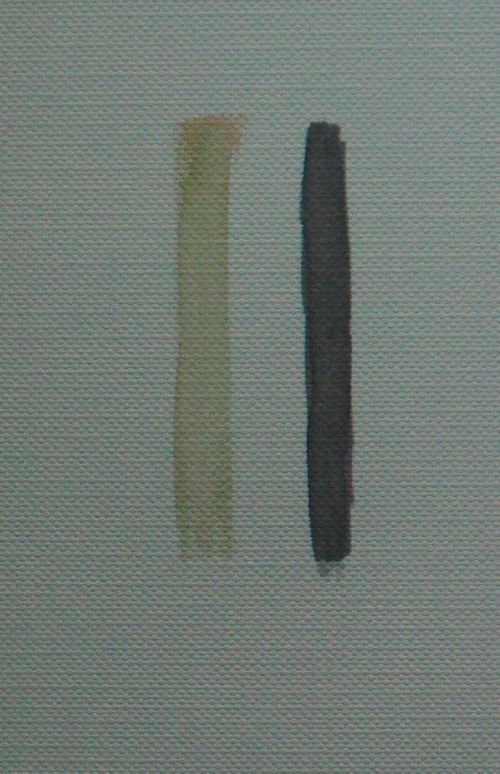
2, Now take a clean brush. I'm using the same flat. Dip the tip in thinner and then apply it in a downwards and then upwards stroke between the colours without touching either of them. Then do an overlapping stroke (half on the colour and half on the bare canvas touching to pure thinner) to the left of the umber and another to the right of the paler colour. Do this until the centre is soaked with a mixture of the two colours and thinner. As you can see I slipped my brush stroke a little but should still be able to rescue it.
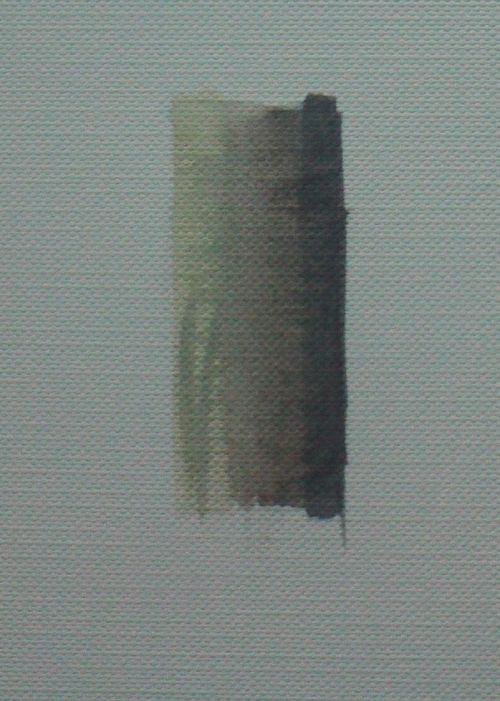
3, Continue to work at the colours in up and down strokes.
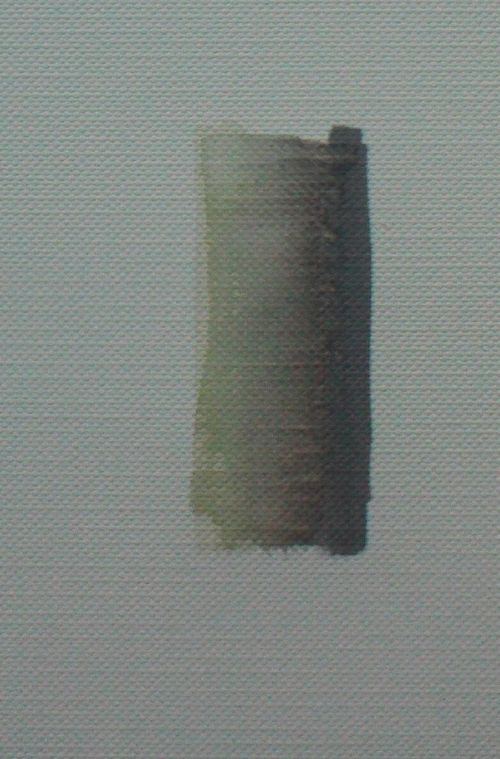
4, this is about five minutes later of continuous strokes.
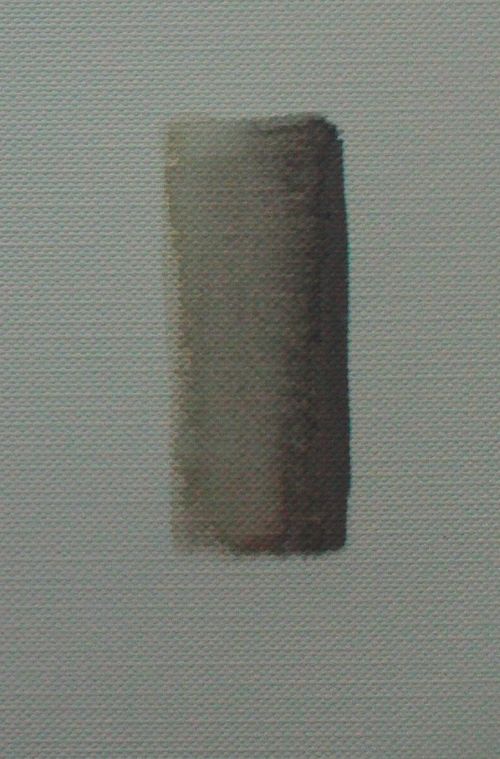
5, Now I'm beginning to see a smooth transition. I carry on until happy the paint is evenly distributed.
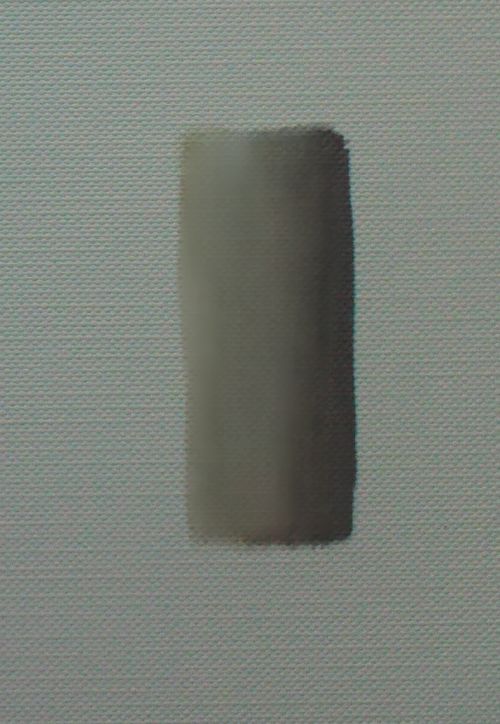
6, After drying for several days I ended up with this. Not perfect by any means but as I only tend to use this for very small areas when painting this usually works out ok.
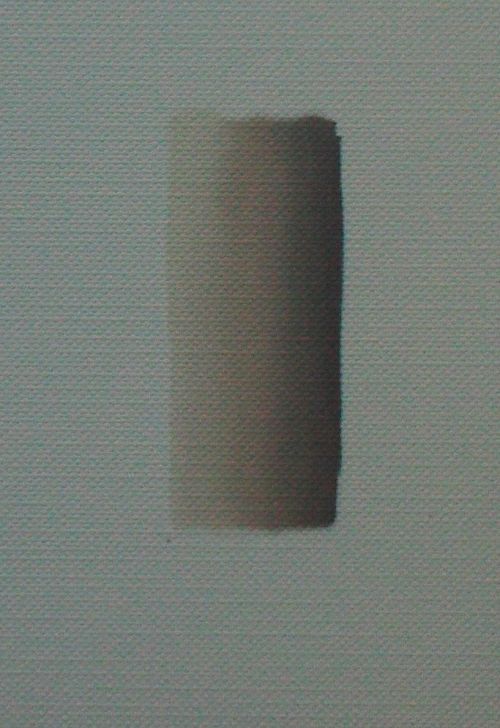
Return to Oil Painting Techniques from Blending. Home
|






